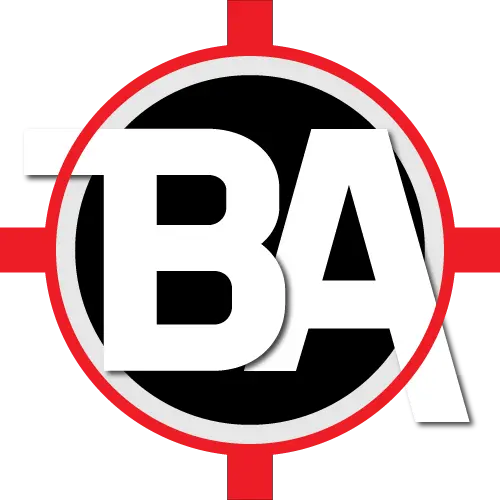
Are you tasked with analyzing a business process? A good start is to model a business process.
This article describes the elements of a business process, business process modelling, tools and techniques to model a business process, and the advantages of business process modelling.
What is a Business Process? #
A business process describes how multiple people, groups of people or systems collaborate over a period to perform an activity.
A business process or any process has 4 basic elements:
- Event (that triggers or starts a business process)
- Input
- Process or Workflow (execution of business logic through a series of steps to process input)
- Output

A business analyst often deals with many business processes of the organization and is tasked to analyze those processes to optimize them for better performance.
What is Business Process Modelling? #
Software applications are being built to automate manual business processes.
A business analyst should be completely aware of the different processes of the business domain to follow the business requirements.
The Business Process Modelling technique helps a business analyst to create a visual representation of a business process to achieve the following objectives:
- Design and develop a new business process
- Use it in the requirements specification to explain a business process
- Analyze an existing business process to identify gaps and inefficiencies to optimize it
- Analyze an existing business process to automate it
- Analyze an existing business process to restructure it as part of a strategic initiative
In the long run, these business process models help both technology and business teams manage the business processes more efficiently for future revisions.
Diagramming Technique #
A business process can be modelled using a Diagramming technique i.e. it aids to represent a business process visually in the form of diagrams.
Here are a few examples of Model Diagrams:
- Business Process Model diagram (BPMN)
- Data flow diagram
- Flow chart
- Activity diagram
- Use case diagram
Model Diagrams can be used to do the following activities:
- Define boundaries for business domains or subdomains and describe the components within each defined boundary
- Describe business processes and action flows
- Categorize and create a hierarchy of items
- Show components of a business process and their relationships
- Show business logic
- Describe a situation or define a problem
Classification of Models #
Models can be classified into the following categories:
- Scope Model – Context Diagram, Use Case Diagram, Functional Decomposition Diagram
- Business Process Model - Flow Chart, Business Process Model Diagram (BPMN), Activity Diagram, Value Stream Mapping, SIPOC
- Data Model - Data Flow Diagram, Entity-Relationship Diagram
- Decision Model - Decision Table, Decision Tree
- State Model - State Transition Diagram
As you can see, each model category is used to create visualizations of a specific real-world entity, scenario, or use case to analyze it effectively.
Standard Notations used to create Model diagrams #
- BPMN - Business Process Model and Notation
- UML - Unified Modeling Language
- IDEF - Integrated Definition
- SIPOC - Suppliers, Input, Process, Output, Customers
- Value Stream Analysis
Tools Used to Draw Model Diagrams: #
The following are the most popular software tools that can be used to draw various kinds of Model Diagrams:
- Draw.io
- Lucid Chart
- FigJam
Now, with the GenAI capabilities, it’s possible to generate model diagrams using text prompts i.e. Text to Diagram.
The following article dives into the capabilities of various tools that can generate diagrams.
Advantages of Business Process Modeling #
- Analyze requirements related to a business process
- Define the scope of the solution
- Identify improvement opportunities in a business process
- Optimize business processes
- Create knowledge base for stakeholders
- Automate manual business processes
- Specify software requirements related to business process
- Perform gap analysis between existing and new business processes
- Define the current state (AS IS model) and a potential future state (TO BE model) of a business process
Conclusion #
A picture is worth 1000 words. That’s exactly the purpose of Business Process Modelling. Visualizing a business process using the business process modelling technique helps a business analyst analyze, communicate, and optimize a business process more effectively.
If you would like to learn How to Model Business Processes and Other Requirements to simplify and define IT Requirements and Solutions through Visual Model Diagrams, explore our self-paced online course that explains the basics of requirement modeling and dives deep into all the Requirement Modeling Techniques with it’s use cases, step-by-step hands-on excercises, tools to create model diagrams, real-world examples and best practices to help you learn and apply these Requirement Modeling Techniques to your next IT projects.
Enroll Now to Master the Business Process Modeling!

